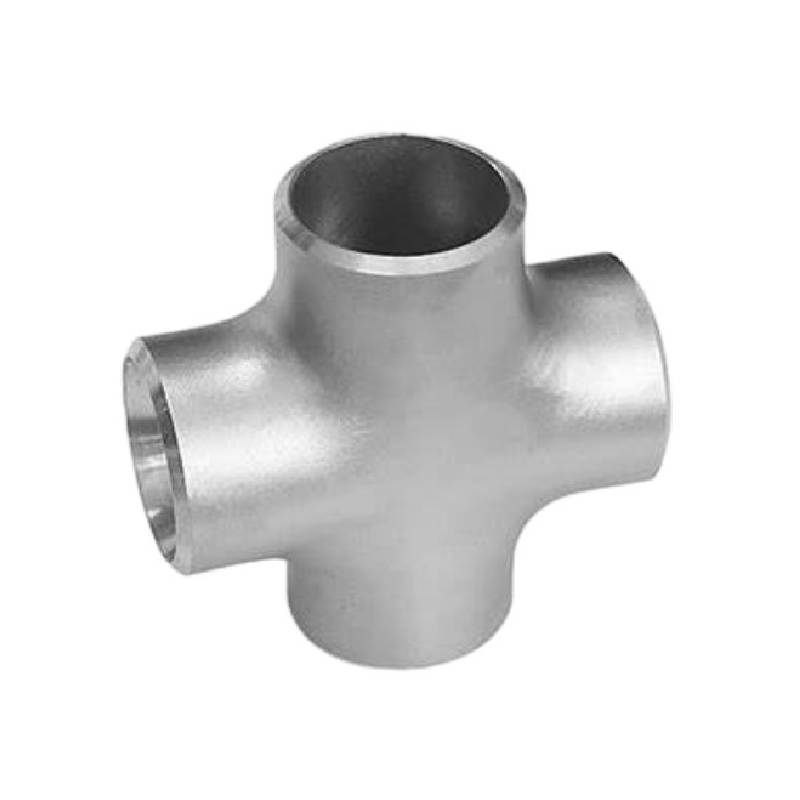-
Cangzhou Yulong Steel Co., Ltd.
-
Phone:
+86 13303177267 -
Email:
admin@ylsteelfittings.com
- English
- Arabic
- Italian
- Spanish
- Portuguese
- German
- kazakh
- Persian
- Greek
- French
- Russian
- Polish
- Thai
- Indonesian
- Vietnamese
- Zulu
- Korean
- Uzbek
- Hindi
- Serbian
- Malay
- Ukrainian
- Gujarati
- Haitian Creole
- hausa
- hawaiian
- Hebrew
- Miao
- Hungarian
- Icelandic
- igbo
- irish
- Japanese
- Javanese
- Kannada
- Khmer
- Rwandese
- Afrikaans
- Albanian
- Amharic
- Armenian
- Azerbaijani
- Basque
- Belarusian
- Bengali
- Bosnian
- Bulgarian
- Catalan
- Cebuano
- China
- China (Taiwan)
- Corsican
- Croatian
- Czech
- Danish
- Esperanto
- Estonian
- Finnish
- Frisian
- Galician
- Georgian
- Kurdish
- Kyrgyz
- Lao
- Latin
- Latvian
- Lithuanian
- Luxembourgish
- Macedonian
- Malgashi
- Malayalam
- Maltese
- Maori
- Marathi
- Mongolian
- Myanmar
- Nepali
- Norwegian
- Norwegian
- Occitan
- Pashto
- Dutch
- Punjabi
- Romanian
- Samoan
- Scottish Gaelic
- Sesotho
- Shona
- Sindhi
- Sinhala
- Slovak
- Slovenian
- Somali
- Sundanese
- Swahili
- Swedish
- Tagalog
- Tajik
- Tamil
- Tatar
- Telugu
- Turkish
- Turkmen
- Urdu
- Uighur
- Welsh
- Bantu
- Yiddish
- Yoruba

Jul . 27, 2024 01:42 Back to list
Exploring Innovations in Irregular Part Casting Techniques for Enhanced Manufacturing Efficiency and Quality
The Irregular Part Casting Key Considerations in Manufacturing
In the world of manufacturing, particularly in the production of complex metal components, irregular part casting has emerged as a significant method. This technique refers to the process of creating components that do not conform to standard geometries, often required in various industries such as automotive, aerospace, and heavy machinery. Understanding the nuances of irregular part casting is crucial for engineers and manufacturers alike, as it carries both challenges and opportunities.
Irregular part casting typically involves the use of materials such as aluminum, iron, and various alloys, allowing for the creation of intricate designs that are tailored to specific applications. Unlike traditional casting methods which prioritize uniformity and standardized shapes, irregular part casting focuses on fulfilling the functional requirements of a component, even if it means creating non-standard dimensions or features. This can include complex curves, internal channels, or asymmetrical designs that are not feasible through conventional machining processes.
One of the primary advantages of irregular part casting is its ability to produce complex geometries that traditional methods struggle to achieve. For instance, automotive components often require parts that are lightweight yet strong, such as engine blocks with intricate cooling channels. Irregular part casting accommodates these needs by allowing for design flexibility. Manufacturers can optimize weight distribution and improve performance while reducing the amount of material wasted.
irregular part casting

However, the process of irregular part casting is not without its challenges. Achieving high precision in these uniquely shaped components can be difficult. Variability in the casting process can lead to defects, such as porosity, shrinkage, and surface imperfections. Therefore, careful control of the casting environment, including temperature regulation and the quality of raw materials, is vital to ensure that the final product meets the required specifications. Additionally, engineers must consider the casting method itself; options like sand casting, investment casting, or die casting can all influence the characteristics of the final part.
Another fundamental aspect of irregular part casting is the need for advanced design approaches, such as computer-aided design (CAD) and simulations. Using these tools, engineers can visualize how the molten material will behave, predict potential issues during the casting process, and refine designs to minimize defects. This technological integration not only enhances accuracy but also accelerates the production timeline, allowing manufacturers to respond swiftly to market demands.
Moreover, irregular part casting can significantly impact sustainability efforts within the manufacturing sector. By allowing for design optimization, it is possible to reduce the overall material usage without compromising quality. In an era where resource efficiency is paramount, this approach can contribute positively to reducing manufacturing waste and energy consumption.
In conclusion, irregular part casting represents a crucial element in modern manufacturing, offering unique solutions to complex design requirements. While it presents specific challenges in achieving precision and quality, the benefits of flexibility, sustainability, and the ability to manufacture intricate components make it an invaluable technique for various industries. As technology advances, the efficiency and effectiveness of irregular part casting are likely to improve, further cementing its importance in the future of manufacturing. Embracing these innovations will allow manufacturers to stay competitive in an ever-evolving marketplace.
Latest news
-
ANSI 150P SS304 SO FLANGE
NewsFeb.14,2025
-
ASTM A333GR6 STEEL PIPE
NewsJan.20,2025
-
ANSI B16.5 WELDING NECK FLANGE
NewsJan.15,2026
-
ANSI B16.5 SLIP-ON FLANGE
NewsApr.19,2024
-
SABS 1123 FLANGE
NewsJan.15,2025
-
DIN86044 PLATE FLANGE
NewsApr.19,2024
-
DIN2527 BLIND FLANGE
NewsApr.12,2024
-
JIS B2311 Butt-Welding Fittings LR/SR 45°/90° /180°Seamless/Weld
NewsApr.23,2024











